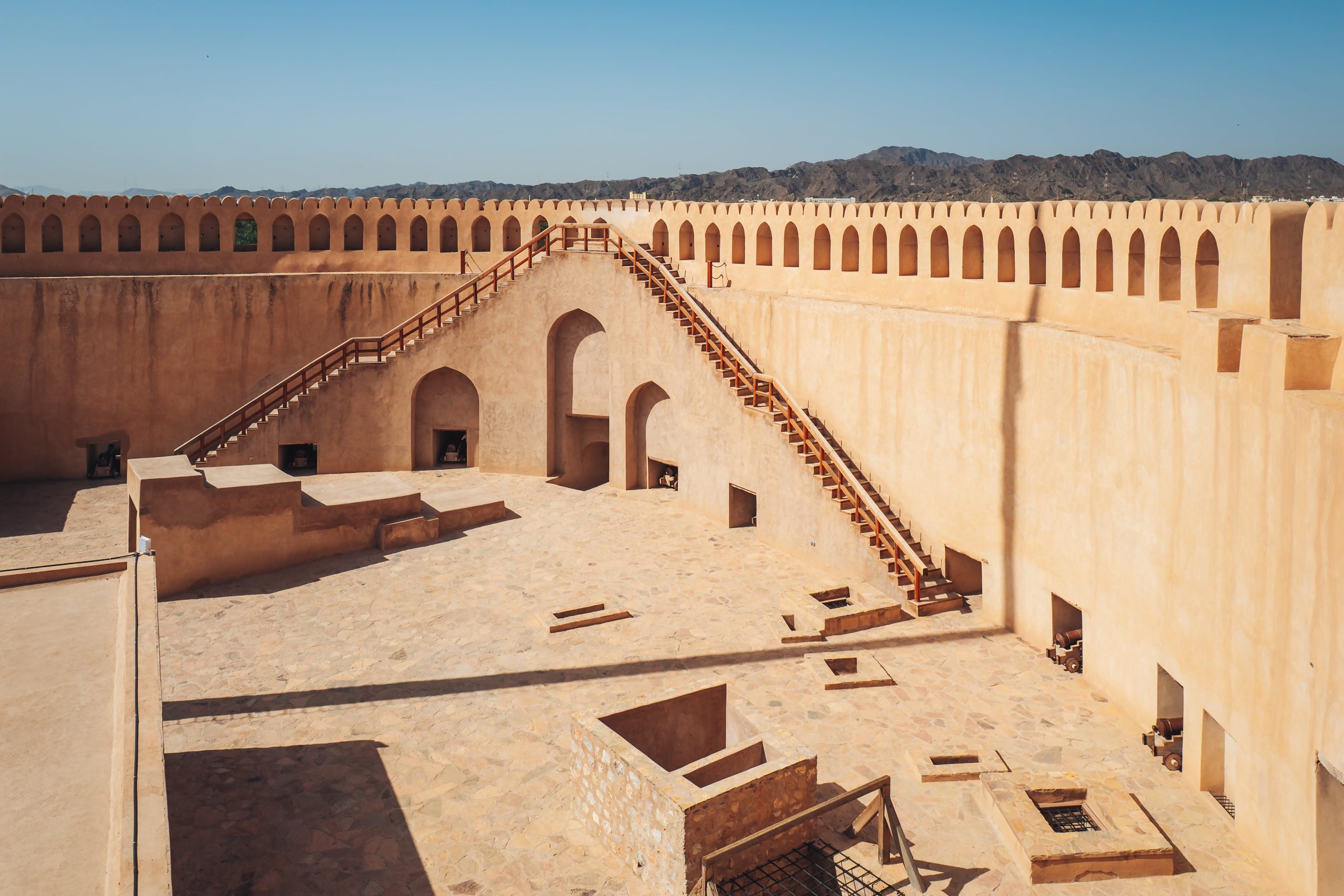Nestled between vast deserts, mountain ranges, and the azure waters of the Arabian Sea, Oman offers a travel experience unlike any other. This land of contrasts, where millennia-old fortresses cast their shadows on bustling modern cities, captures the essence of the Middle East in its purest form. Each region, each city, and every nook and cranny of the country narrates a story – of ancient trade routes, of legendary tales, and of civilizations that once thrived here. As the modern world steadily gravitates towards this enchanting sultanate, Oman is eager to showcase its treasures. For the intrepid traveler, this means an array of experiences, ranging from awe-inspiring natural wonders to grand architectural feats and remnants of a bygone era.
Oman’s allure is undeniable. It beckons with the promise of desert adventures under starlit skies, coastal escapades on its untouched beaches, and historical journeys through its ancient souqs and landmarks. Every turn, every dune, and every wadi in Oman is an invitation to delve deeper, to learn more, and to immerse oneself in an enriching cultural tapestry. As you gear up to embark on this Omani sojourn, here are some of the nation’s crown jewels that every traveler must explore.
The Grand Mosque of Muscat
As the sun’s first rays touch the land of Oman, they illuminate the domes and minarets of the Sultan Qaboos Grand Mosque in Muscat. A beacon of Oman’s spiritual and architectural prowess, this mosque isn’t just a place of worship; it’s an embodiment of Omani culture and its deep ties with Islamic art and traditions. Its expansive courtyard, adorned with meticulously designed tiles, provides a peaceful sanctuary for reflection.
Within its walls, the mosque boasts remarkable features, such as the second-largest hand-woven carpet globally and a magnificent chandelier studded with thousands of Swarovski crystals. But beyond its tangible beauty lies the mosque’s essence, offering insights into the religious and social fabric of Oman. Visitors, whether there for spiritual reasons or architectural appreciation, often leave with a profound sense of connection.
Wahiba Sands
The vastness of the Wahiba Sands is humbling. This golden sea of dunes, with waves sculpted by time and wind, represents the archetypal desert landscape that has captivated poets and travelers for centuries. By day, the desert is a realm of stark beauty and silence, where the play of light and shadow on the dunes creates a mesmerizing tableau. As the sun sets, the sands take on hues of orange and crimson, providing a spectacle that remains etched in memory.
For those adventurous at heart, Wahiba Sands offers more than just panoramic views. From thrilling dune bashing expeditions and camel treks to nights spent under a canopy of stars in Bedouin tents, the desert experience in Oman is immersive. Sharing tales around a campfire, sampling traditional Omani cuisine, and waking up to the serene desert sunrise – these are moments that define the Wahiba Sands experience.
Jebel Akhdar (The Green Mountain)
In a land predominantly characterized by its deserts, Jebel Akhdar emerges as a verdant surprise. Often referred to as the ‘Green Mountain’, Jebel Akhdar’s terraced gardens, dotted with blooming roses and ripening fruits, paint a picturesque scene. This part of the Al Hajar Mountains offers a refreshing retreat, with its cool climate and fresh mountain air providing a respite from the country’s arid regions.
The mountain’s altitude and unique microclimate have given rise to distinct agricultural practices. As you traverse its pathways, the scent of blooming roses fills the air, especially during the rose-harvesting season when the petals are distilled into the region’s famed rose water. Ancient villages, built using traditional techniques, cling to the mountainsides, their stone structures a testament to Oman’s rich history and heritage. Whether you’re hiking through its terraces, exploring age-old settlements, or merely gazing at the vast expanse from a vantage point, Jebel Akhdar promises a rejuvenating experience.


